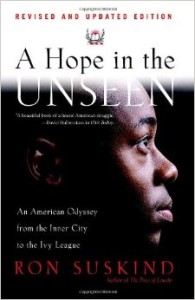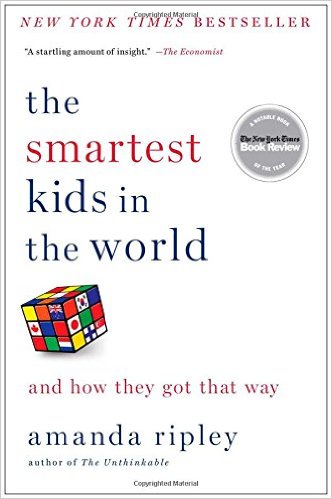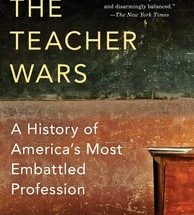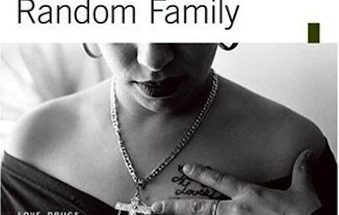 In A Hope in the Unseen, Ron Suskind follows Cedric Jennings, a young Black student from an impoverished neighborhood in Washington, D.C. Jennings gets accepted into an Ivy League school, Brown University, against all odds. He attends Ballou Senior High School, the worst school in the district, largely populated by Black and Hispanic students. Suskind captures a culture where pride is seen as a dangerous weapon, but mostly against oneself.
In A Hope in the Unseen, Ron Suskind follows Cedric Jennings, a young Black student from an impoverished neighborhood in Washington, D.C. Jennings gets accepted into an Ivy League school, Brown University, against all odds. He attends Ballou Senior High School, the worst school in the district, largely populated by Black and Hispanic students. Suskind captures a culture where pride is seen as a dangerous weapon, but mostly against oneself.
Jennings’ fellow classmates learn not to aim too high, because the system was never created for them to thrive anyway—that was for the “whiteys.” Intelligence and ambition were often limited to that of white culture, something these students of color believed could never and should never be theirs.
Jennings represents a unique dichotomy: he is neither a typical Black student stunted by academic growth nor a white student who grew up with sit-com privilege.
Like so many inner-city kids, Cedric knows that his notions of the distant, white world—of two-car garages and dads home for dinner— have come largely through the television, with all of its vivid distortions and unintentional verities (183).
He ends up in higher education, where culture shock forces him to question his Black identity. During his summer at MIT, his non-Black friends refer to him as “ghetto.” As striking and pejorative as the term usually is, Jennings reclaims it with pride in his Black identity. While he wasn’t Black enough for his peers at Ballou, he certainly felt Black and even cool enough for his friends at MIT.
Cross cultural relationships play a major role in this work, especially when Jennings finally gets to Brown University. Suskind details the overwhelming feeling of being “other” in both a negative and positive light. Cedric’s mother, Barbara, looks to the other parents, who are mostly white and wealthy and accepts a lifestyle as an unattainable dream. On the contrary, Cedric is forced to confront his Blackness in a different light. While his colleagues see him as “other,” he understands their curiosity as an eagerness to know him, which is reminiscent of his time at MIT.
Jennings overheard a conversation that particularly struck him between two white professors. They were discussing affirmative action, where one said,
There’s no choice but laissez-faire, sink or swim. They should be going to middle-rung universities. There’s no right, as far as I see, to go to an Ivy League institution. If they work hard, their kids can come here. Hell, it’s what everyone else had to do (192).
Cedric was once again confronted with his Blackness. Was his race categorizing him as less than or a second class citizen in the eyes of his peers because of affirmative action? Did they assume he was there because of affirmative action? Moreover, it is clear that the two professors were overlooking the intersection of race and class, something Cedric has been living with his whole life. He managed to slip through the loop holes in a system that was not really created for him. On a scale of 1 to 10, his wealthier counterparts had the privilege of starting at 5, while he had to start at 1. But everyone was expected to make it to 10 at the same time. He knew it, but felt incapable of articulating it, especially to his wealthy, white peers.



